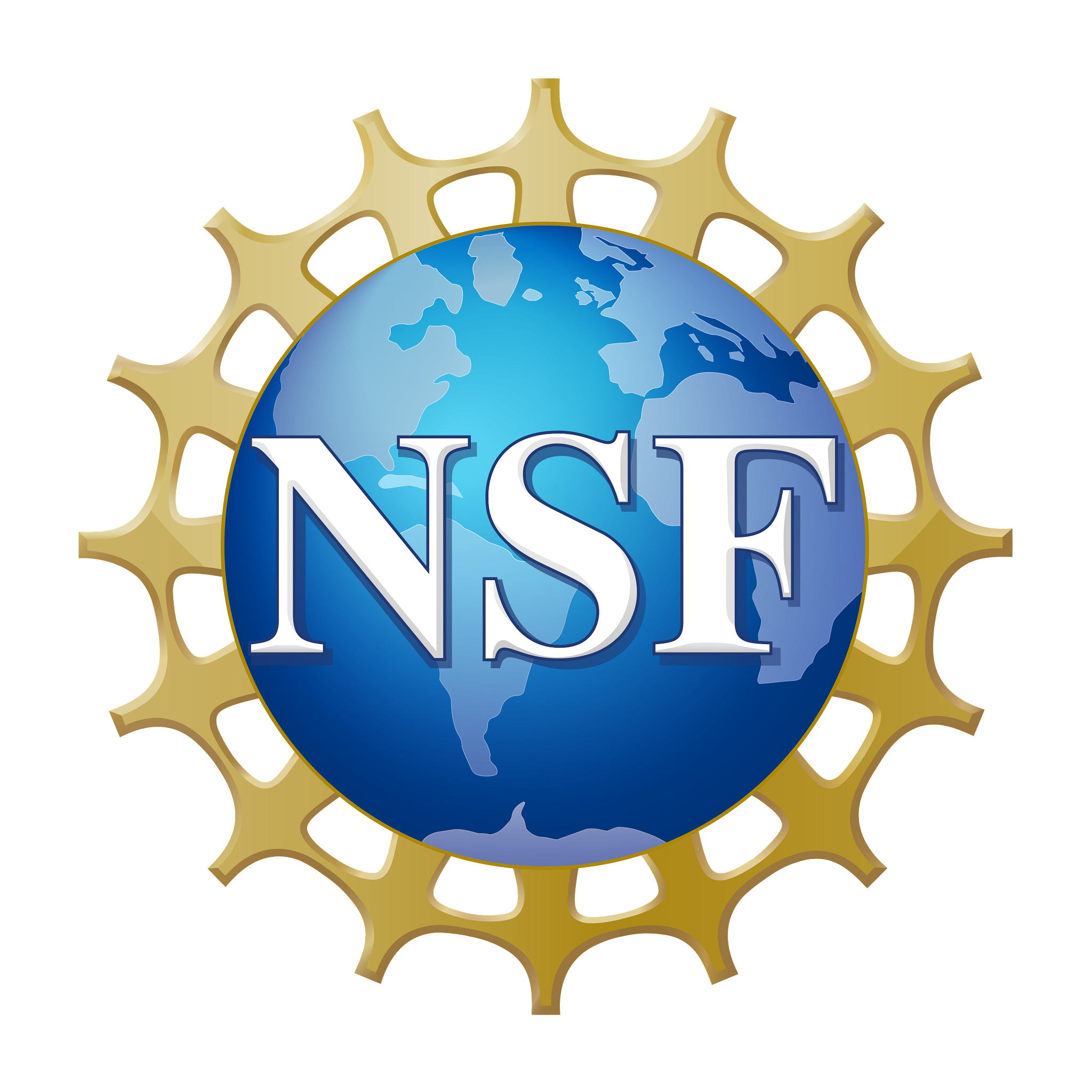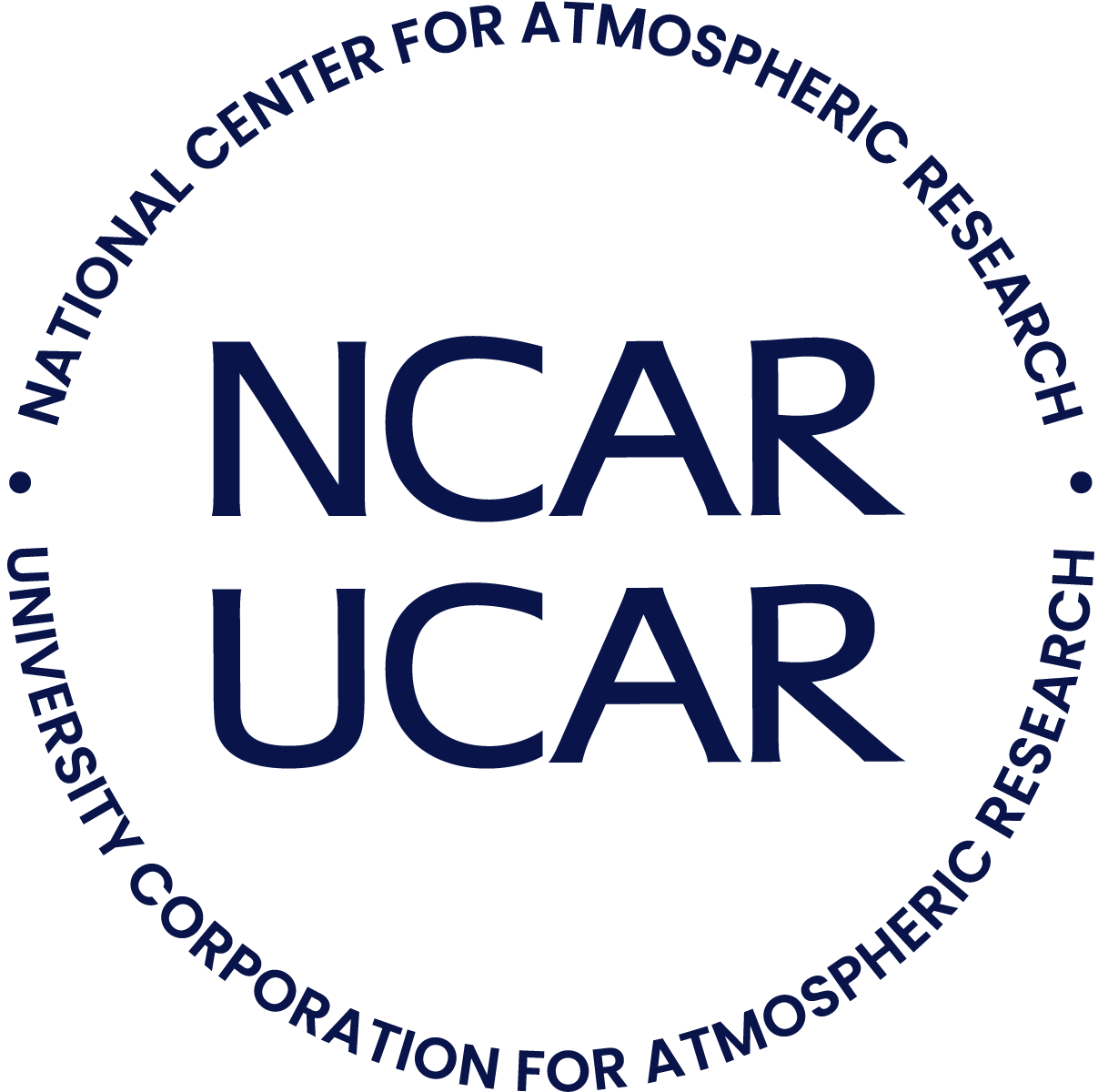-
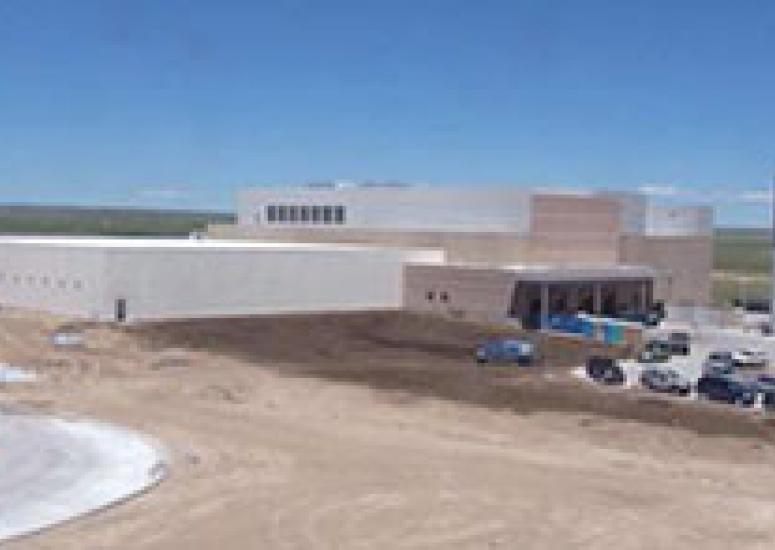
NCAR-Wyoming Supercomputing Center enters new phase
With the facility nearly complete, the project shifts to facilities testing and then procurement, installation, and testing of the center's supercomputing systems.
- Supercomputing
-
Lessons learned from seeding clouds
Prior to massive flooding early in 2011, long-term drought plagued the Australian state of Queensland . As part of a broad research program on cloud seeding, NCAR researchers have been steadily crunching data from a 2008–09 field project that looked into how to make the clouds drop more rain on the region.
- Weather
-
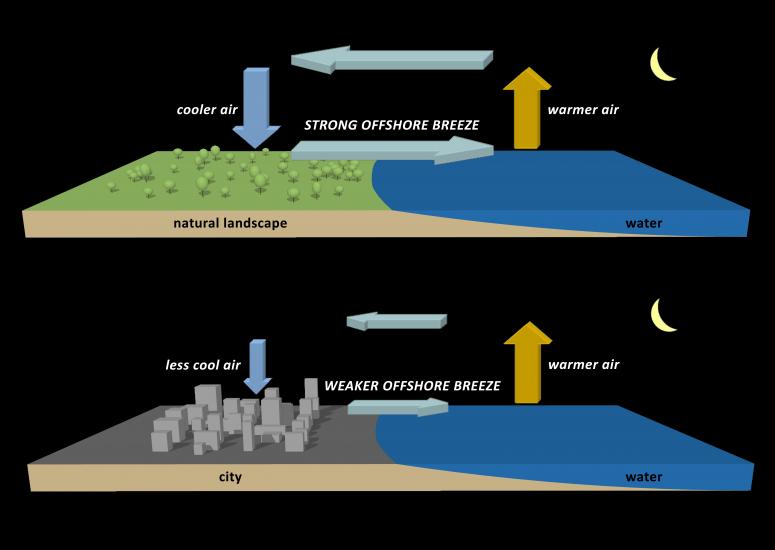
Paved surfaces can foster build-up of polluted air
New research focusing on the Houston area suggests that widespread urban development alters weather patterns in a way that can make it easier for pollutants to accumulate during warm summer weather instead of being blown out to sea.
- Air Quality
-
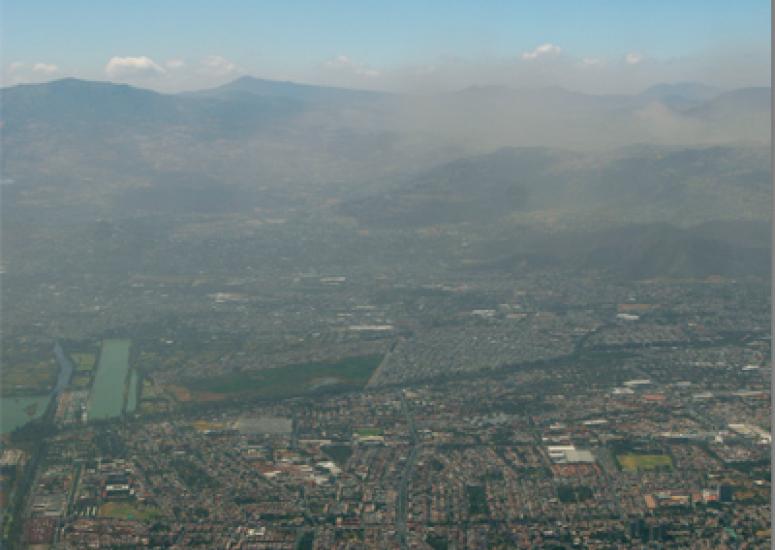
Pollution’s second wind
The air in the vicinity of Earth’s biggest urban areas includes a wild variety of constituents emitted by cars, factories, trees, and much more. Tracking the fate of such air as it spreads outward is no simple task.
- Air Quality
-
A new model of the Sun’s open magnetic flux
The solar minimum that bottomed out from 2006 to 2010 was the longest and deepest since modern space observations began. Among other effects, it reorganized the areas of flux from open magnetic field lines that produce solar wind. NCAR postdoctoral researcher Liang Zhao is using data from the last two minima to revise a model of how open magnetic flux is transported through the solar atmosphere.
- Sun + Space Weather
